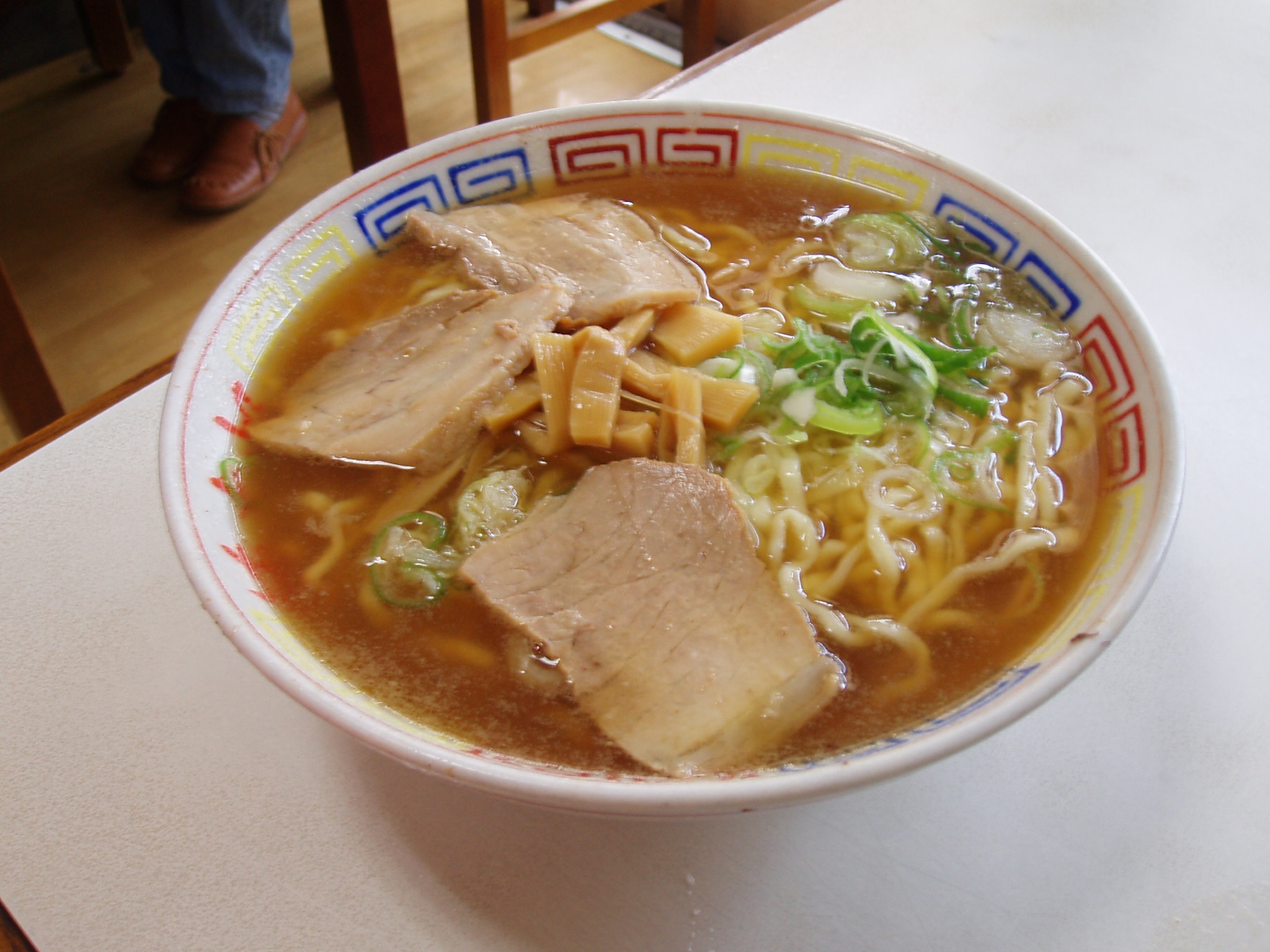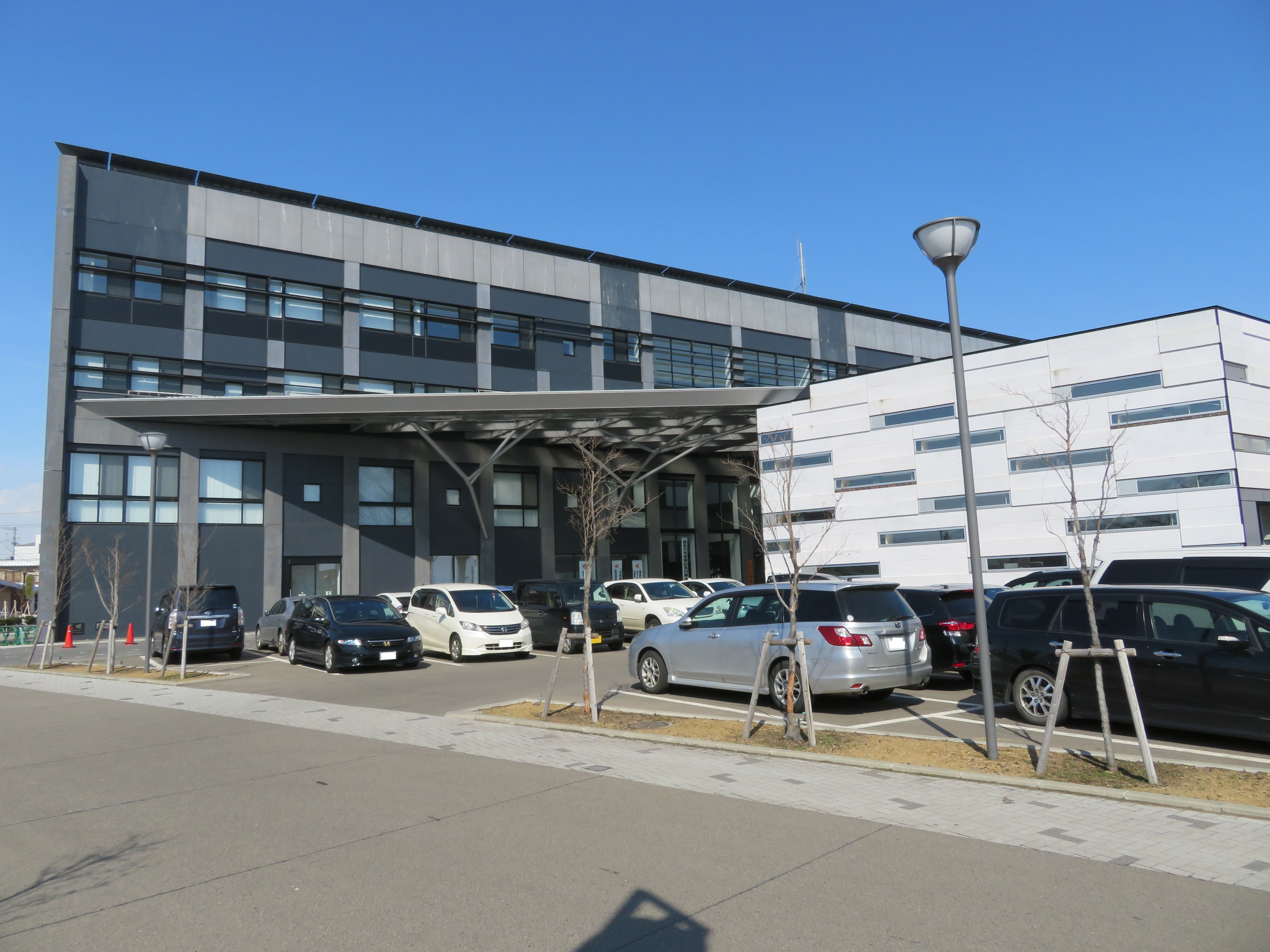Kitakata, Fukushima on:
[Wikipedia]
[Google]
[Amazon]
 is a
is a
 Kitakata has a mayor-council form of government with a directly elected mayor and a
Kitakata has a mayor-council form of government with a directly elected mayor and a
Official Website
Kitakata Sightseeing Association
{{Authority control Cities in Fukushima Prefecture
 is a
is a city
A city is a human settlement of a substantial size. The term "city" has different meanings around the world and in some places the settlement can be very small. Even where the term is limited to larger settlements, there is no universally agree ...
located in Fukushima Prefecture
is a Prefectures of Japan, prefecture of Japan located in the Tōhoku region of Honshu. Fukushima Prefecture has a population of 1,771,100 () and has a geographic area of . Fukushima Prefecture borders Miyagi Prefecture and Yamagata Prefecture ...
, Japan
Japan is an island country in East Asia. Located in the Pacific Ocean off the northeast coast of the Asia, Asian mainland, it is bordered on the west by the Sea of Japan and extends from the Sea of Okhotsk in the north to the East China Sea ...
. , the city had an estimated population
Population is a set of humans or other organisms in a given region or area. Governments conduct a census to quantify the resident population size within a given jurisdiction. The term is also applied to non-human animals, microorganisms, and pl ...
of 46,269 in 16,769 households, and a population density
Population density (in agriculture: Standing stock (disambiguation), standing stock or plant density) is a measurement of population per unit land area. It is mostly applied to humans, but sometimes to other living organisms too. It is a key geog ...
of 83 persons per km2. The total area of the city was . Kitakata was once written '北方', which meant 'northern place'.
Geography
Kitakata is located at the far northern Aizu region of Fukushima Prefecture, bordered byYamagata Prefecture
is a Prefectures of Japan, prefecture of Japan located in the Tōhoku region of Honshu. It has a population of 1,005,926 (1 February 2025) and an area of 9,325 Square kilometre, km2 (3,600 Square mile, sq mi). Its neighbours are Akita Prefectu ...
to the north and Niigata Prefecture
is a Prefectures of Japan, prefecture in the Chūbu region of Honshu of Japan. Niigata Prefecture has a population of 2,131,009 (1 July 2023) and is the List of Japanese prefectures by area, fifth-largest prefecture of Japan by geographic area ...
to the west.
*Mountains: Mount Bandai, Mount Iide
*Rivers: Aga River, Tadami River
Neighboring municipalities
Fukushima Prefecture * Aizubange *Aizuwakamatsu
is a city in Fukushima Prefecture, Japan. , the city had an estimated population of 118,159 in 50,365 households, and a population density of 310 persons per km2. The total area of the city was .
History
The area of present-day Aizuwakamatsu ...
*Bandai
is a Japanese multinational corporation, multinational toy manufacturer and distributor headquartered in Taitō, Taitō, Tokyo. Its international branches, Bandai Namco Toys & Collectables America and Bandai UK, are respectively headquartered ...
* Kitashiobara
* Nishiaizu
* Yugawa
Niigata Prefecture
* Aga
* Shibata
Yamagata Prefecture
* Iide
* Oguni
* Yonezawa
Climate
Kitakata has aHumid continental climate
A humid continental climate is a climatic region defined by Russo-German climatologist Wladimir Köppen in 1900, typified by four distinct seasons and large seasonal temperature differences, with warm to hot (and often humid) summers, and cold ...
(Köppen ''Dfb'') characterized by warm summers and cold winters with heavy snowfall. The average annual temperature in Kitakata is 11.6 °C. The average annual rainfall is 1426 mm with September as the wettest month. The temperatures are highest on average in August, at around 25.5 °C, and lowest in January, at around -1.1 °C.
Demographics
Per Japanese census data, the population of Kitakata has declined over the past 60 years.History
The area of present-day Kitakata was part of ancient Mutsu Province, and formed part of the holdings ofAizu Domain
was a Han (Japan), domain of the Tokugawa Shogunate of Japan during the Edo period from 1601 to 1871.Ravina, Mark. (1998) ''Land and Lordship in Early Modern Japan,'' p. 222
The Aizu Domain was based at Aizuwakamatsu Castle, Tsuruga Castle in M ...
during the Edo period
The , also known as the , is the period between 1600 or 1603 and 1868 in the history of Japan, when the country was under the rule of the Tokugawa shogunate and some 300 regional ''daimyo'', or feudal lords. Emerging from the chaos of the Sengok ...
. The town developed as a local administrative center and market town, noted for its lacquerware
Lacquerware are objects decoratively covered with lacquer. Lacquerware includes small or large containers, tableware, a variety of small objects carried by people, and larger objects such as furniture and even coffins painted with lacquer. Before ...
and brewing of ''sake
Sake, , or saki, also referred to as Japanese rice wine, is an alcoholic beverage of Japanese origin made by fermenting rice that has been polished to remove the bran. Despite the name ''Japanese rice wine'', sake, and indeed any East Asi ...
''. After the Meiji Restoration
The , referred to at the time as the , and also known as the Meiji Renovation, Revolution, Regeneration, Reform, or Renewal, was a political event that restored Imperial House of Japan, imperial rule to Japan in 1868 under Emperor Meiji. Althoug ...
, it was organized as part of Yama District, Fukushima Prefecture. The town of Kitakami was created with the establishment of the modern municipalities system on April 1, 1889.
In 1882, more than 3,000 peasants gathered at the Danjo-ga-hara Field in Shiokawa and then marched on the Kitakata Police Station to rebel against the oppression of the prefectural government. Known as the Kitakata Incident of 1882, it was the first public expression of the Freedom and People's Rights Movement
The Freedom and People's Rights Movement (自由民権運動, ''Jiyū Minken Undō'') was a Japanese political and social movement for democracy during the Meiji era, Meiji period. It pursued the formation of an elected legislature, revision of the ...
in the Tohoku area.
Kitakata Town was raised to city status on March 31, 1954, after merging with Matsuyama village, Kamisammiya village, Iwasuki village, Sekishiba village, Kumakura village, Keitoku village, and Shiokawa village. On January 4, 2006, the towns of Shiokawa and Yamato
was originally the area around today's Sakurai, Nara, Sakurai City in Nara Prefecture of Japan, which became Yamato Province and by extension a Names of Japan, name for the whole of Japan.
Yamato is also the dynastic name of the ruling Imperial ...
, and the villages of Atsushiokanō and Takasato (all from Yama District) were merged into Kitakata.
Government
 Kitakata has a mayor-council form of government with a directly elected mayor and a
Kitakata has a mayor-council form of government with a directly elected mayor and a unicameral
Unicameralism (from ''uni''- "one" + Latin ''camera'' "chamber") is a type of legislature consisting of one house or assembly that legislates and votes as one. Unicameralism has become an increasingly common type of legislature, making up nearly ...
city legislature of 25 members. Kitakata, together with Yama District contribute two members to the Fukushima Prefectural Assembly. In terms of national politics, the city is part of Fukushima 4th district of the lower house
A lower house is the lower chamber of a bicameral legislature, where the other chamber is the upper house. Although styled as "below" the upper house, in many legislatures worldwide, the lower house has come to wield more power or otherwise e ...
of the Diet of Japan
, transcription_name = ''Kokkai''
, legislature = 215th Session of the National Diet
, coa_pic = Flag of Japan.svg
, house_type = Bicameral
, houses =
, foundation=29 November 1890(), leader1_type ...
.
Economy
Kitakata is a local commercial center. Agricultural products include rice and hops. The area is traditionally noted for ''sake
Sake, , or saki, also referred to as Japanese rice wine, is an alcoholic beverage of Japanese origin made by fermenting rice that has been polished to remove the bran. Despite the name ''Japanese rice wine'', sake, and indeed any East Asi ...
'' brewing and lacquerware
Lacquerware are objects decoratively covered with lacquer. Lacquerware includes small or large containers, tableware, a variety of small objects carried by people, and larger objects such as furniture and even coffins painted with lacquer. Before ...
. Modern industries include aluminum smelting.
Education
Kitakata has 17 public elementary school and seven public junior high schools operated by the city government, and four public high schools operated by the Fukushima Prefectural Board of Education. The prefecture also operates a vocational training school.Transportation
Railway
JR East
The is a major passenger railway company in Japan and the largest of the seven Japan Railways Group companies. The company name is officially abbreviated as JR-EAST or JR East in English, and as in Japanese. The company's headquarters are in ...
– Ban'etsu West Line
The is a railway line in Japan operated by East Japan Railway Company (JR East). It connects Kōriyama Station (Fukushima), Kōriyama Station in Kōriyama, Fukushima Prefecture, and Niitsu Station in Akiha-ku, Niigata, Akiha Ward, Niigata (cit ...
* - - - - -
Highway
* *Local attractions
*Kitakata is well known for its distinctive ''ramen''. The area within its former city boundaries has the highest per-capita number of ramen establishments in Japan. Ramen has such prominence in the region that locally, the word ''soba'' usually refers to ''ramen'', and not to actual ''soba
Soba ( or , "buckwheat") are Japanese noodles made primarily from buckwheat flour, with a small amount of wheat flour mixed in.
It has an ashen brown color, and a slightly grainy texture. The noodles are served either chilled with a dipping sau ...
'' which is referred to as ''nihon soba'' ("Japanese soba"). Kitakata's ''ramen'' consists of rather thick, flat, curly noodles served in a pork and ''niboshi
Niboshi (煮干し), often called iriko (炒り子) in Western Japan, are small dried fish used in Japanese cuisine for making ''dashi'' ( soup stock). They can also be eaten as snacks, or as a side dish. The types of fish used include anchovi ...
'' broth.
*The city has over 2,600 ''kura'' storehouses which are now typically used as ''sake
Sake, , or saki, also referred to as Japanese rice wine, is an alcoholic beverage of Japanese origin made by fermenting rice that has been polished to remove the bran. Despite the name ''Japanese rice wine'', sake, and indeed any East Asi ...
'' breweries, living quarters and workshops.''Japan'', Lonely Planet (2007) p505.
* Aizushingū Castle ruins, National Historic Site
* Furuyashiki Site, National Historic Site
Sister cities
* Baoji, Shaanxi,China
China, officially the People's Republic of China (PRC), is a country in East Asia. With population of China, a population exceeding 1.4 billion, it is the list of countries by population (United Nations), second-most populous country after ...
* Wilsonville, Oregon
Wilsonville is a city in Clackamas County, Oregon, Clackamas and Washington County, Oregon, Washington counties in the U.S. state of Oregon. Founded with the name Boones Landing for the Boones Ferry that crossed the Willamette River, the communit ...
, United States of America
The United States of America (USA), also known as the United States (U.S.) or America, is a country primarily located in North America. It is a federal republic of 50 states and a federal capital district, Washington, D.C. The 48 contiguo ...
Noted people from Kitakata
* Uryu Iwako, social workerReferences
External links
*Official Website
Kitakata Sightseeing Association
{{Authority control Cities in Fukushima Prefecture